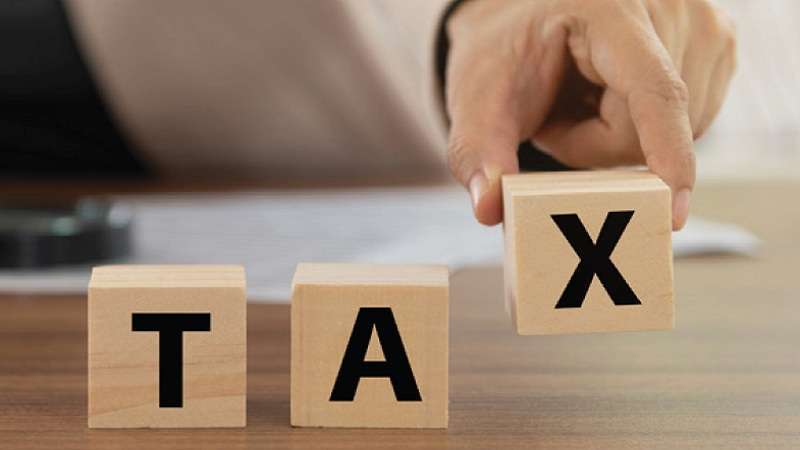Islamabad, August 20, 2023 – The Punjab government’s finance division has released a comprehensive report detailing the various types of taxes imposed on immovable property in the province.
This report, titled ‘Revenue Mobilization Plan for FY 2023-24 to FY 2025-26,’ sheds light on the taxation structure related to immovable property, aiming to provide clarity to taxpayers.
READ MORE: Pakistan Issues Income Tax Rates for Foreign Shipping and Air Transport
Property Tax: Administered by the Excise, Taxation & Narcotics Control Department (ETNCD), Property Tax is an annual levy based on the value of immovable property. Effectively functioning as a wealth tax, it is currently calculated as a percentage of the estimated Gross Annual Rental Value (GARV) of the property.
Stamp Duty: The Board of Revenue administers Stamp Duty, which is paid during property transactions, including purchases, sales, or transfers through a registered transfer deed. This tax is based on the transaction value or the value determined at DC Rates, whichever is higher.
READ MORE: Punjab Leads in Motor Vehicle Tax Collection in FY23: Official Stats
Mutation Fee: Also administered by the Board of Revenue, Mutation Fee is applicable when property changes hands without a registered transfer deed. Similar to Stamp Duty, it is based on the property’s purchase/sale value or the value determined at DC Rates, whichever is higher.
Tax on Transfer of Immovable Property: This tax, similar to Stamp Duty, is overseen by the Local Government & Community Development (LG&CD) Department. It applies to property transactions during purchase, sale, or transfer and is calculated as a percentage of the higher of the transaction value or the property value determined by DC Rates.
READ MORE: Caretaker Finance Minister Advises FBR to Enhance Tax to GDP Ratio
Sales Tax on Real Estate Development Services: Administered by the Punjab Revenue Authority (PRA), this tax pertains to the consumption of real estate development services. Currently, it is assessed at Rs. 100 per square yard for land development and Rs. 50 per square foot for building construction.
Income tax on capital gains from immovable property falls under the jurisdiction of the Federal Government and is administered by the Federal Board of Revenue. This tax is calculated as a percentage of the higher of the actual capital gain or the capital gain determined based on property values at DC Rates during the purchase and subsequent sale.
The report emphasizes that the majority of these property taxes are closely tied to the capital value of the property, with DC rates serving as the minimum valuation measure. This approach ensures transparency and helps in assessing the tax burden on property owners, allowing for a more progressive tax system.
Moreover, the report highlights the need to revamp the Urban Immovable Property Tax (UIPT) to align it with a capital value-based approach.
READ MORE: Karachi Tax Bar Association Applauds ATIR’s Response on Recovery Stay
UIPT, traditionally based on GARV, has become regressive over time. The government is committed to formulating a holistic taxation policy for the real estate sector, aiming to approve it by the end of FY23. This policy will mandate that all real estate taxes are assessed based on the capital value of the property, with DC rates as the minimum valuation measure.
The government plans to enhance the process of determining DC rates to provide more accurate property valuations. To achieve this, support from the World Bank’s Punjab Urban Land System Enhancement (PULSE) program will be leveraged to reorganize property records systematically. Additionally, assistance from the World Bank’s Punjab Resource Improvement and Digital Effectiveness (PRIDE) Program will be utilized to modernize property valuation procedures and establish a property valuation unit, aligning Punjab’s property valuation practices with international standards.
